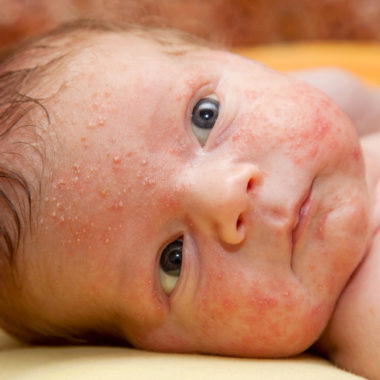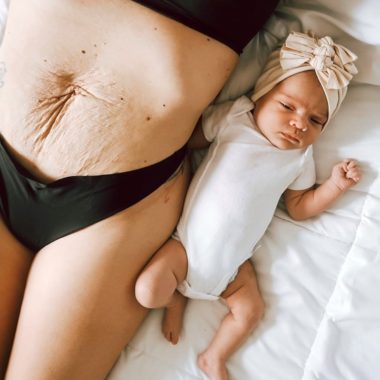Breastfeeding is a beautiful experience but we wish it didn’t come with the baggage called Mastitis. Not every breastfeeding mama experiences mastitis but you’d agree with me that every mama who has breastfed has at one point or the other experienced that bite that made you yelp loudly and brought tears to your eyes. Mehn, that shit is painful! Mastitis is worse…
What is Mastitis? It’s basically the inflammation of the breast tissue due to an infection or milk stasis. Milk stasis is a high production of breast milk against a lesser supply or demand of said milk. If your breasts are full and the milk isn’t going out, that’s a problem.
When there’s a break in the skin around the nipple or on the nipple itself- which is what happens after those painful bites, it could lead to an infection. If it’s not treated promptly, mastitis surfaces. Although mastitis mostly affects breastfeeding mothers, it can also happen to women who aren’t breastfeeding and even men.
It could also make you unwell thereby making it difficult for you to care for your baby. This is why it’s important that you arm yourself with this knowledge. It could be beneficial to you or a loved one.
Recommended: 5 ways your breast changes after breastfeeding.
You are probably thinking ‘How do I know if I have mastitis?’. You’d know if you are experiencing two or more of the following symptoms; A pain or burning sensation in your breast (This might be constant or occur only when you are breastfeeding), swelling of the breast, breast lump as a result of the thickening of breast tissue, redness of skin on an area of the breast (this might be difficult to notice if you have a darker skin tone), breast tenderness or sensitivity to touch, nipple discharge (this may be white or contain traces of blood), a cut or wound around the nipple or skin of the breast or generally feeling unwell
You might also experience some flu symptoms like- chills, tiredness, fever, and body aches. You can prevent mastitis by breastfeeding frequently or using a breast pump, emptying the breast properly during every feed, practicing proper breastfeeding techniques that ensure your little one latches well, adequately taking care of any crack or wound on the nipple or the skin of the breast and weaning your child off breastmilk over a good number of weeks or months rather than stopping breastfeeding abruptly.
If you have mastitis, here are a few things you can do to remedy the situation;
- Keep Breastfeeding. If you stop breastfeeding, it would only get worse
- Start every feed with the sore boob first- it might be extremely painful
- Take paracetamol to relieve the pain or fever
- Express milk from your breast in between feeds and after every feed if your breast still feels full
- Avoid wearing tight-fitting clothes or bras until you feel better
- Massage your breasts to clear any blockages and help with your milk flow
Related: Mastitis- What it is and what a nursing mom should know.
- How Setting Postpartum Boundaries made me lose my brother - February 6, 2025
- How To Revive Your Sex Life After Baby - October 17, 2023
- The Sona App Aims To Make Your Child “Sleep Like A Baby” And We Tested It - May 14, 2023








